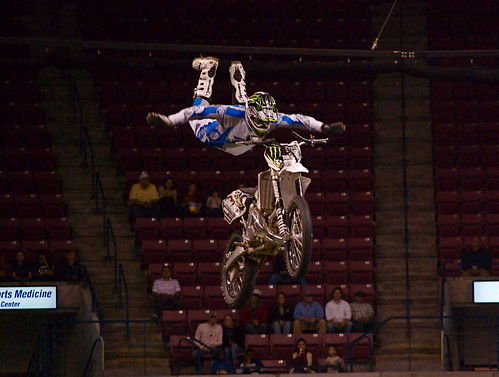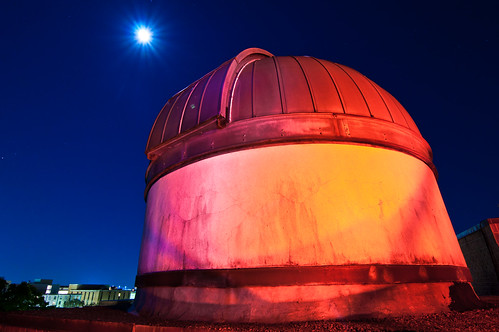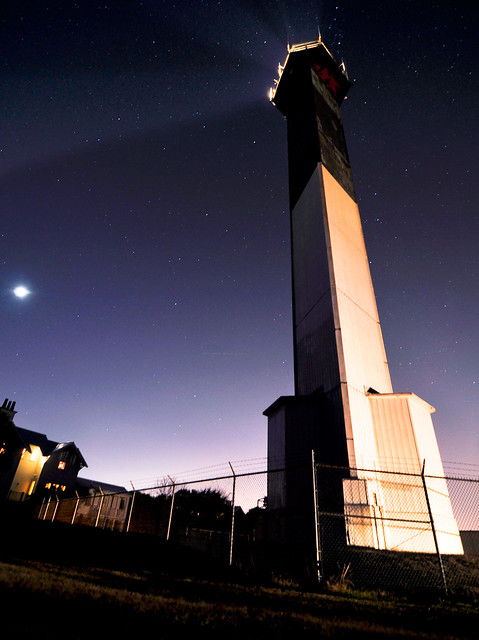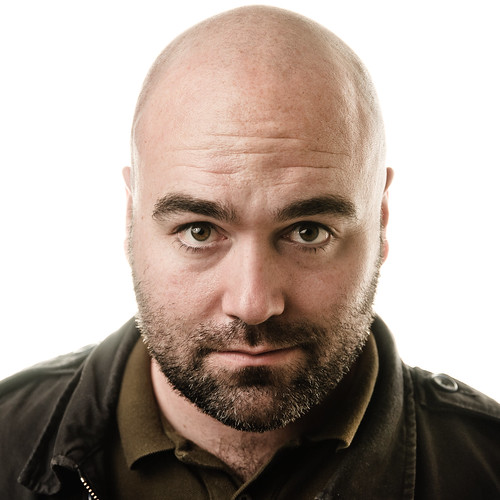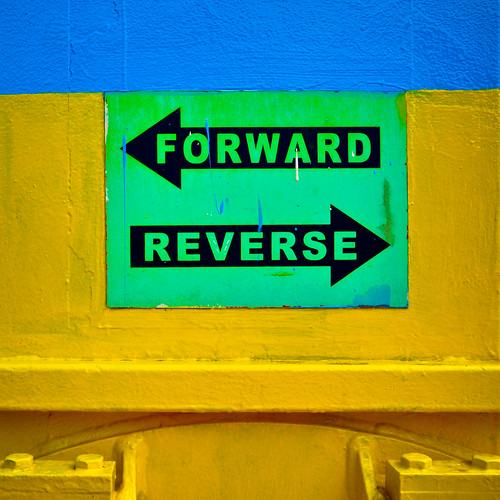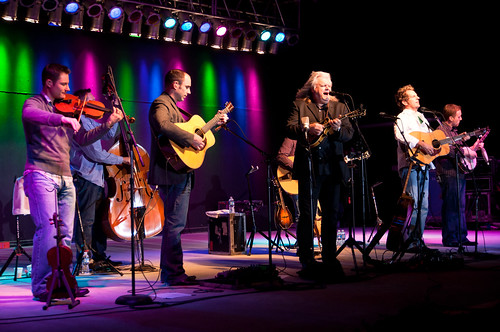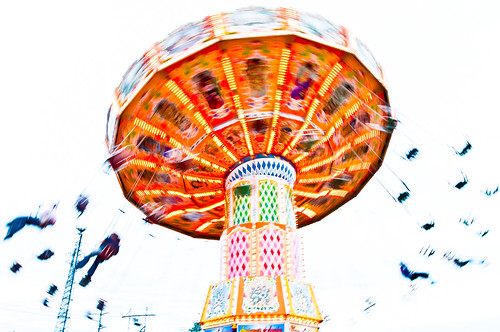Making Art On Vacation

One of the benefits of being a photographer and going on vacation is being in a place you don’t experience every day. On the other hand, one of the obvious problems in visiting a vacation destination is trying to make something new in a place that everyone shoots! No other place defines that issue more to me than Disney World. You can’t take a step without seeing someone with a camera up to their eye. From cell phones to the most expensive DSLR’s on the market, it’s a safe bet to say that Disney World is the most photographed vacation destination in the world. So how do you make something new while visiting a place like that?
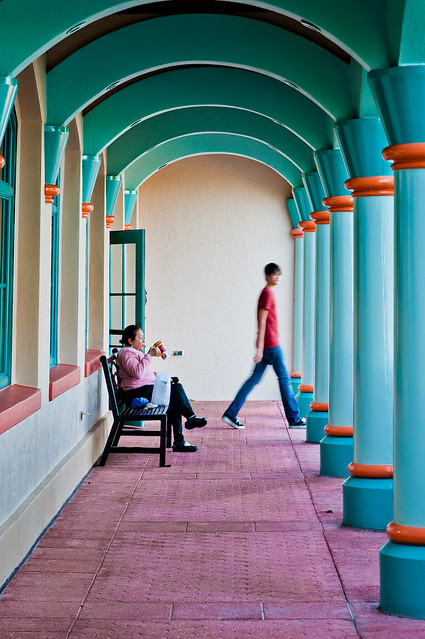
I look at a place like this as a great way to further define your style, because that is the only thing that will separate your shots from the tens of thousands of other shots taken every day. What can you inject into a scene that makes it yours?
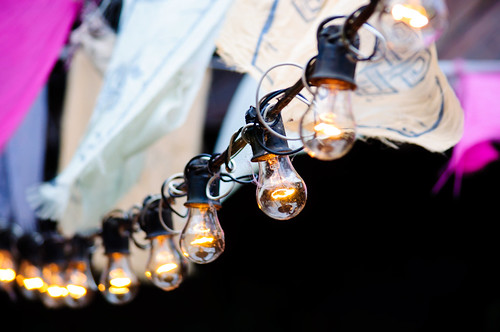
It can be overwhelming when you start to think that you are photographing a mostly man-made environment – how are you making art out of someone else’s art? That is what photography is all about! Capturing images of life the way you see and interpret them. You’re telling a story with your own voice, even if it’s a retelling of another person’s tale.
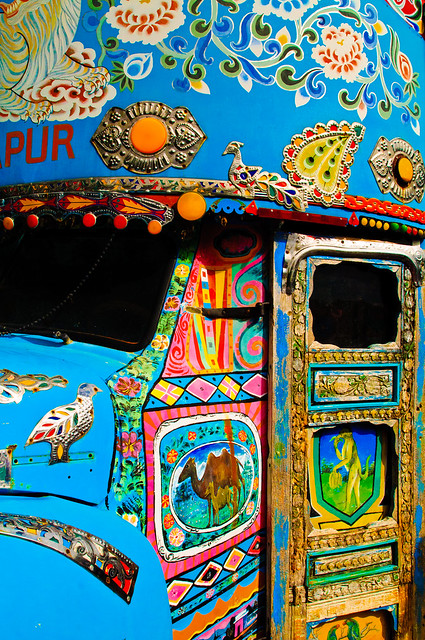
Adding your loved ones into an interesting background is a no-brainer, but how about making them a part of the artwork by composing them as an element in it?
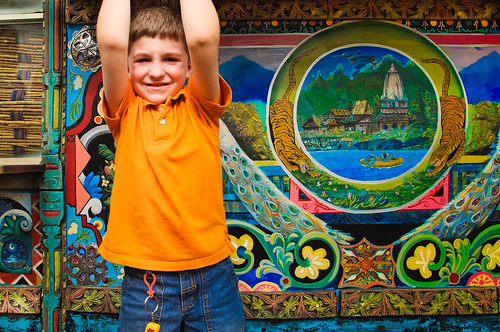
I personally like to look for shapes and textures in a place like this – especially during those harsh mid-day hard-lit hours. You can shoot in every type of light, but you need to work within its limitations while exploiting its positive points.

When looking for design elements, you can always make a decent picture much better by adding an element that sticks out, such as people. I started shooting this scene and even though I loved the color and angles, I was bored with it until I asked my daughter and her cousin to sit off on the side of the wall.
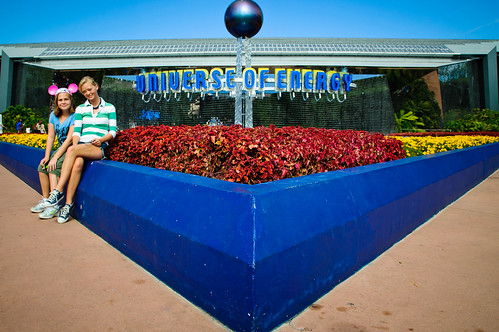
As I’ve stated in previous posts, I also love to shoot in low light. I composed this shot and used the guard railing inside Space Mountain to brace the camera as my son awaited the last ride of the evening (and our vacation).
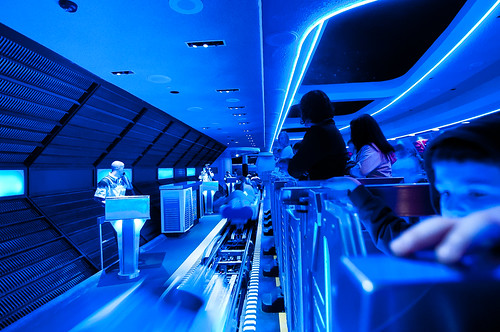
This photo was made by holding the camera steady against the fender of the car/table directly in front of my family’s seats at the Sci-Fi Diner.
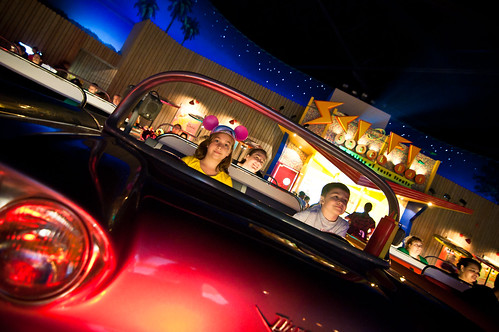
When you don’t have anything to act as a makeshift tri-pod, you can get low to steady your elbows on your legs, shoot wide open and crank up the ISO. This shot was done at f/2.8 and ISO 1600. I had to take quite a few of this scene to ensure that at least one of them would be acceptably sharp. It’s digital, it doesn’t cost you anything to let the shutter fly, but you can loose everything you’re trying to say if you’re not generous with your disk space in extreme shooting conditions such as this.
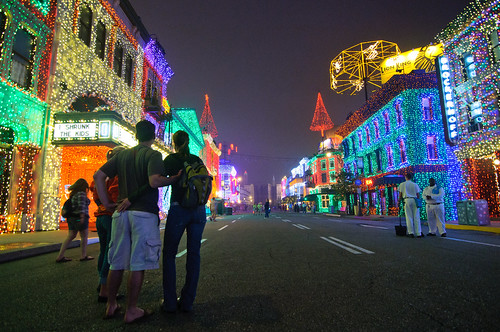
There are plenty of opportunities on vacation to relax and stretch your creative mind out while behind the lens. Go ahead and try new stuff while opening your eyes a bit wider to find the shots that most people might skip over. I still haven’t shown you my favorite shot that I took on this trip, but I have hundreds of photos to go through. I promise to share it with you this week as I get more time – the sucky part of returning home from vacation is all of the work that piles up in your absence, so I’ve got a busy week ahead of me.
